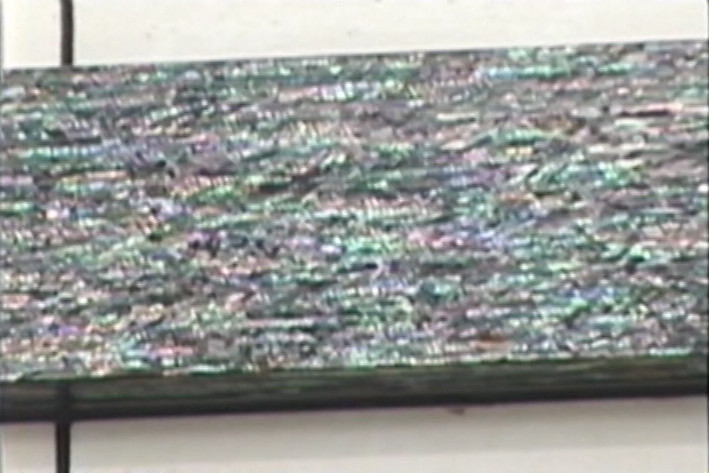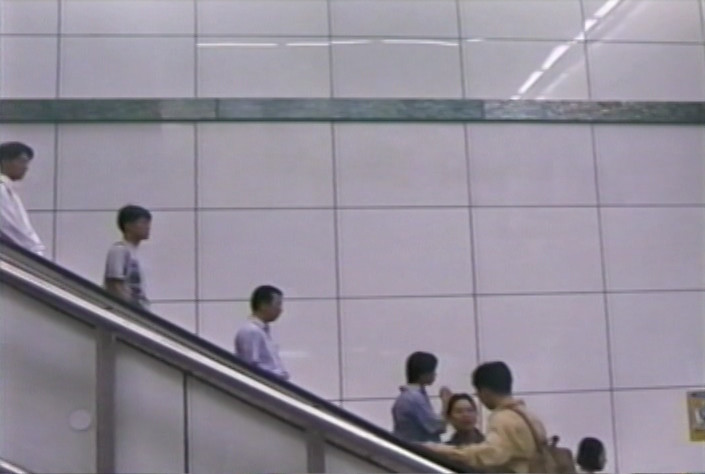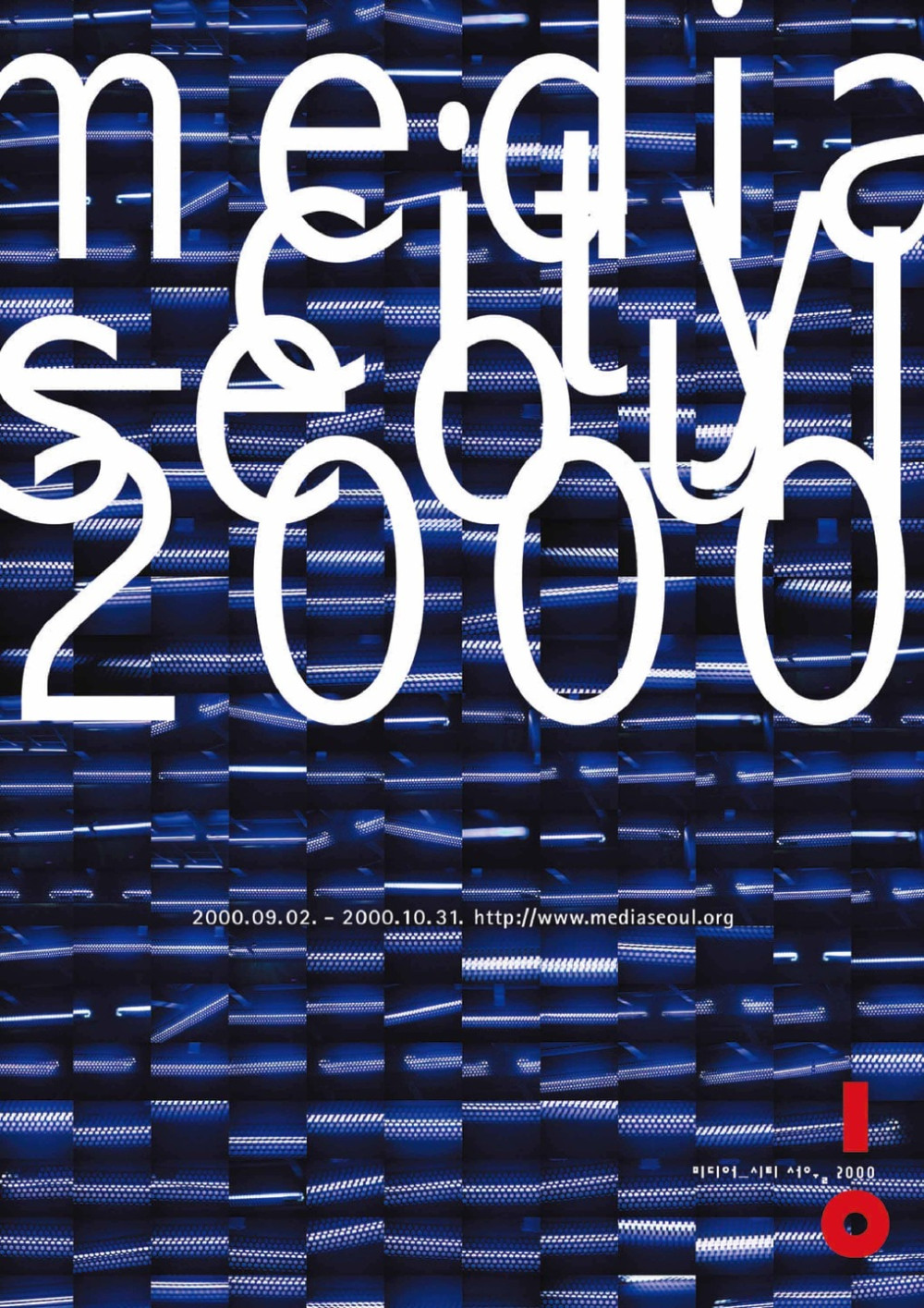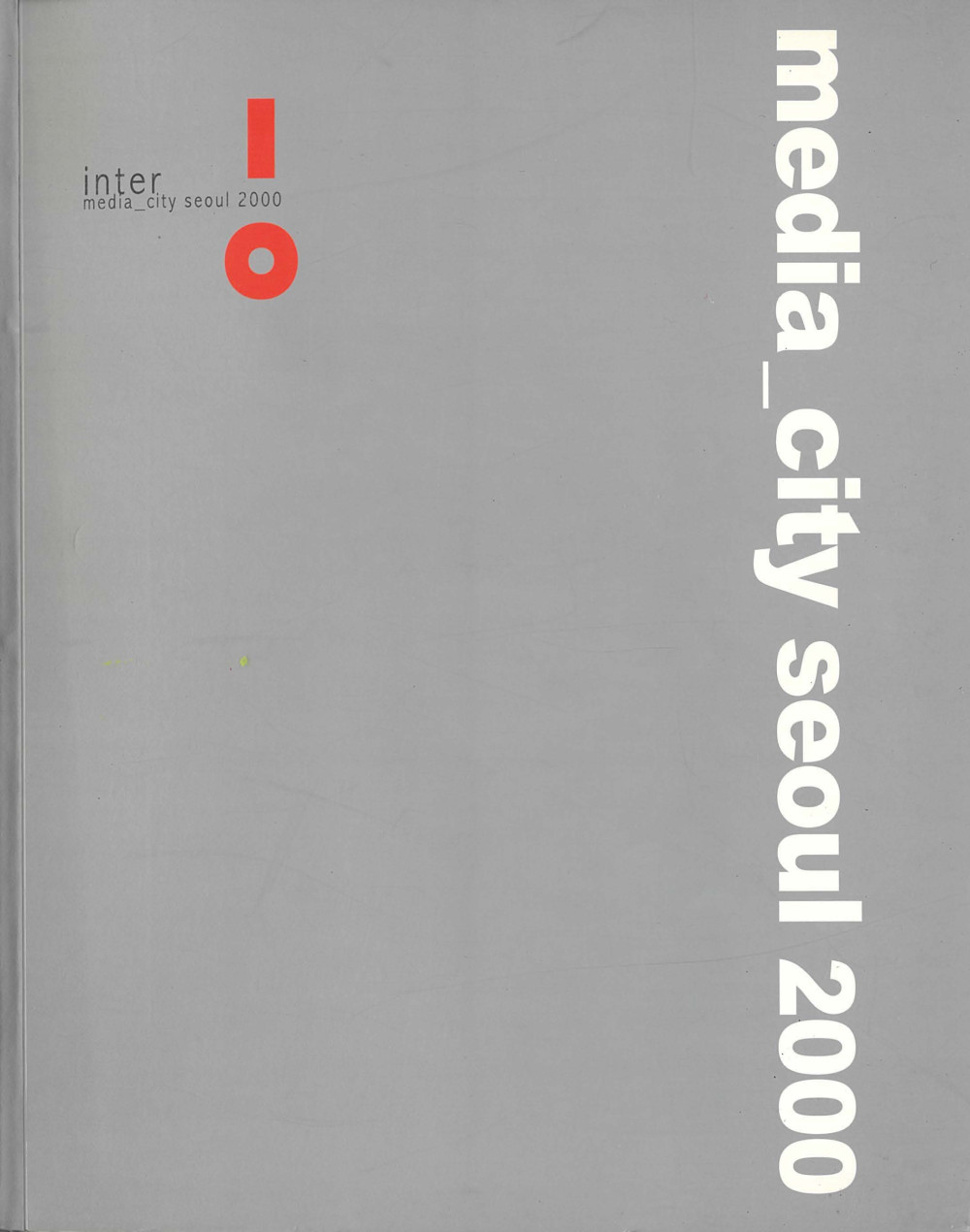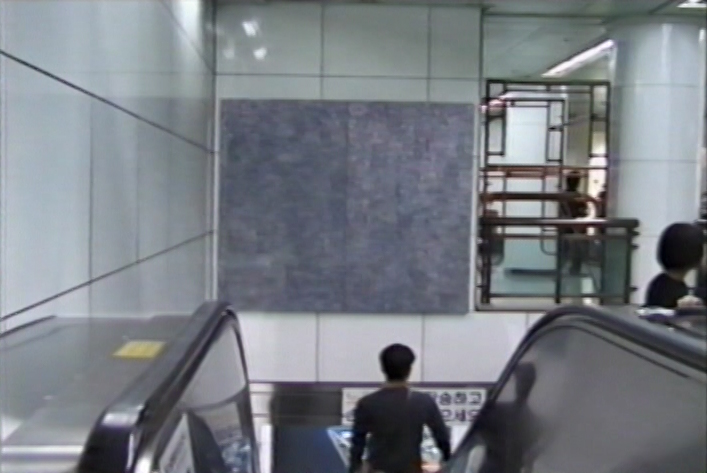
If you go down to the subway station at Gwanghwamun, you might find a place that has three walls. Two of the walls are formed by the sides of the stairs, while the third is an extension of the ceiling. Until recently, advertisements were usually displayed on the walls; now, however, they have been transformed into mother-of-pearl walls. These surfaces were made through the following process: a veneer board was affixed to the wall, then pieces of mother-of-pearl were attached to the board. The title of this work refers to a term used by a German physicist Max Planck for explaining that everything has emerged from a fundamental origin like the Big Bang. The primary material of this work, natural mother-of-pearl, is important due to the way that it reflects brilliant lights off its surface of paper-thin shells. Because the light radiating from the surface is very delicate, these shells are used to make dressers, chests, dishes, and buttons. We understand that it takes a very long time for an oyster to produce a pearl. The splendid light of mother-of-pearl is the result of the oyster’s long labor. Likewise, Kim’s mother-of-pearl wall painting took a very long time. She affixed small pieces of mother-of-pearl one by one. Like an artisan, she repeatedly cut, scrubbed, and attached the pieces to the wall. Yet, the traces of her intense labor as well as the traces of her hands have disappeared from the work; these traces have soaked into the small crevices between the pieces of shell. Although the work was created solely by her hands, it seems to have created itself. She erased her existence from the work completely.

